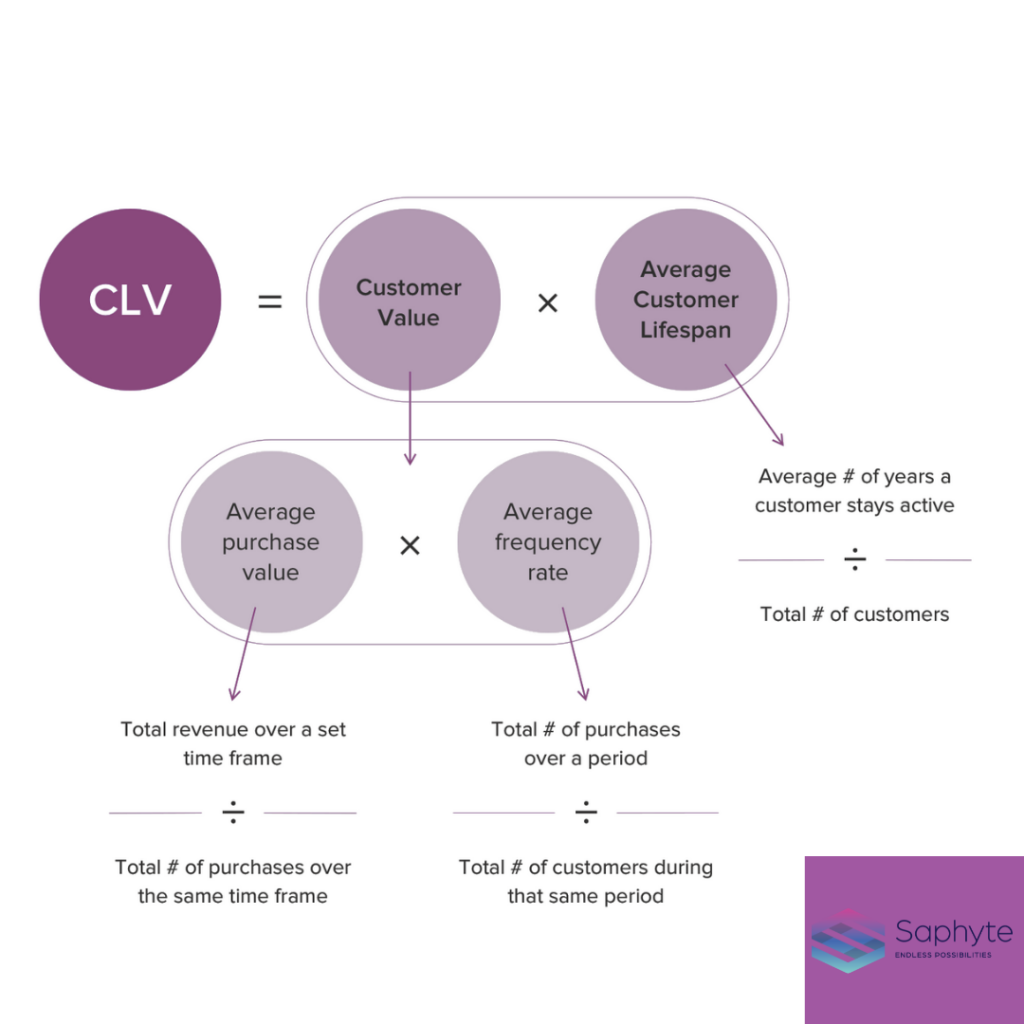How to Collect and Manage Customer Data Effectively
Customer data is one of the most valuable assets of organizations today. Read on to find out how you can collect and manage data related to your customers effectively.
Customer data, or any information related to their demographics, purchase history, interests, and behavior are critical to understanding customer needs, preferences, and behavior. Knowing these data can help businesses tailor their products, services, and marketing strategies to fit each of their customer’s profile.
In this article, we’ll explore how customer data can help organizations improve their sales and marketing strategies and how using CRM can make it easy for organizations be data-driven. Let’s get started.
What is customer data?
Customer data is any information that businesses collect about their customers. This data can include demographic information such as age, gender, income, and location. It can also have purchase history, browsing behavior, interests, and preferences.
Collecting customer data is essential for business owners for several reasons:
Firstly, it helps them learn more and better understand their customers—which can lead to better products, services, and marketing strategies. For example, suppose a business knows a particular customer is interested in a specific product. In that case, it can target them with personalized promotions or offers that match said target customers’ needs.
Secondly, customer data can help businesses identify new opportunities and markets. By analyzing customer data, companies can identify trends and patterns that inform new product development or expand into new markets.
Lastly, customer data can help businesses build stronger relationships with their customers. By understanding their customers’ preferences and behavior, companies can personalize their communications and interactions, leading to increased loyalty and advocacy.
How do businesses manage customer data?
There are several ways in which businesses can manage their customer data. One standard method is through the use of spreadsheets or databases. This method involves manually entering customer information into a spreadsheet or database, which can be time-consuming and error-prone.
Another method is using specialized customer data management software, such as Customer Relationship Management (CRM) systems. CRMs are designed to help businesses manage their customer data more efficiently and effectively.
How can CRMs help your organization?
CRMs are designed to help organizations like yours manage your customer data more efficiently and effectively. This software offers many features to help companies store, organize, and analyze customer data.
One of the most significant advantages of using a CRM system like Saphyte is that it can help businesses centralize customer data.
Instead of storing your customer data in multiple spreadsheets or databases, a CRM system can help you store all customer data in a single location, which makes it easier for you to access and analyze customer data, leading to better decision-making and improved customer relationships.
Another important feature of CRMs is that they offer automation capabilities. For example, instead of manually drafting an email for each customer, your CRM can automate this task and let you send personalized emails in one click. This helps you save time and resources while still providing a customized experience to customers.
CRMs also offer robust reporting and analytics capabilities. By using a CRM, you can track your customer behavior, measure the effectiveness of your marketing campaigns, and identify new opportunities and markets. This can help you make data-driven decisions leading to better business outcomes.
Conclusion
Customer data is a valuable asset for any business owner. It helps businesses understand their customers, identify new opportunities and markets, and build stronger customer relationships.
While there are several ways companies can manage customer data, CRMs offer a range of features that can help companies store, organize, and analyze customer data more efficiently and effectively.
Using a CRM, businesses like yours can rely on data to make smart, data-driven decisions so you won’t have to blindly guess your business decisions every time.
Learn more about CRM and how it can transform your organization. Book a FREE demo and consultation with our CRM experts below.
Curious how digital ecosystems can help improve your business?
Check out how digital ecosystems can boost your company performance by getting started here.
Book a Demo


